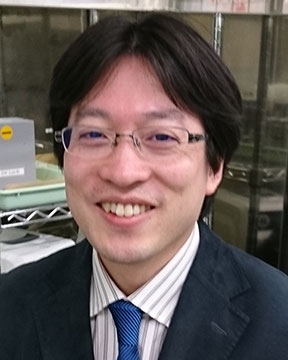



















 |
Tsuyoshi HoshinoNational Institutes for Quantum and Radiological Science and Technology (QST)Lithium Recycling From Used Li-ion Batteries Using Innovative Dialysis With Lithium Ionic Conductor Membrane Kozlov International Symposium on Sustainable Materials Recycling Processes and Products (7th Intl. Symp. on Sustainable Materials Recycling Processes and Products)[Solid and liquid wastes from industrial processes: Innovations in material recovery and environmental protection] Back to Plenary Lectures » |
Abstract:As a means of addressing global warming, the world is increasingly turning to the use of Li-ion batteries in electric vehicles and as storage batteries in the home. Therefore, there is a growing need for Li. I propose a method for recovering Li from used Li-ion batteries by using innovative dialysis, wherein Li only permeates from the positive electrode side to the negative electrode side through a Li ionic conductor functioning as a Li separation membrane (LISM). Measurements of the Li ion concentration at the negative electrode side, as a function of dialysis duration, showed that the Li recovery ratio increased to approximately 8.6% after 72 h with 5V applied electric voltage. Moreover, other ions in a solution of used Li-ion batteries did not permeate the LISM. T. Hoshino, Desalination, 2015, 359, 59-63 |
|